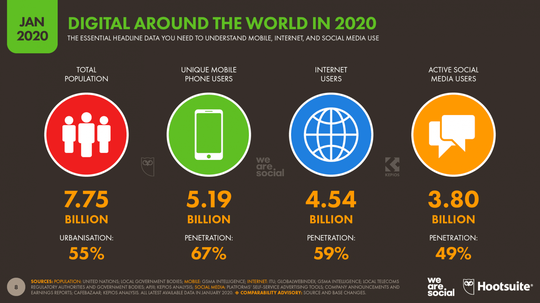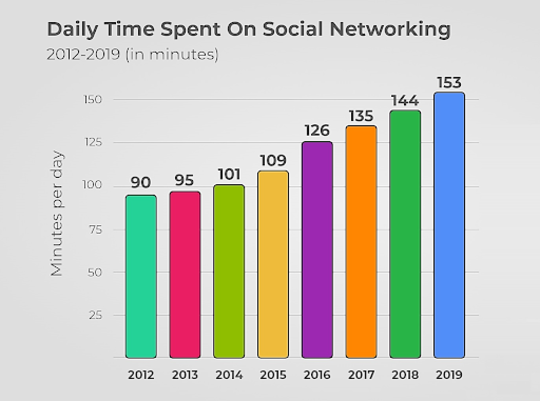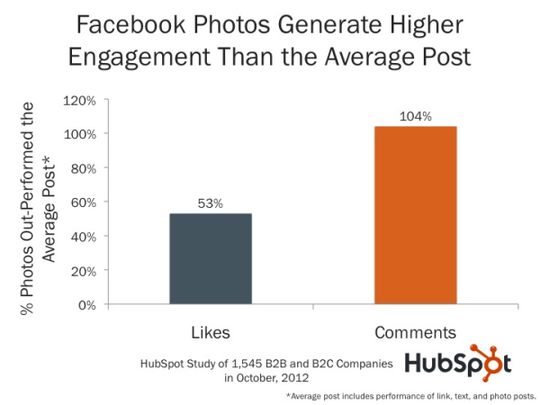How to Use Social Media to Understand and Engage Your Customers
For decades, businesses have relied exclusively on the most conventional forms of marketing. But today, most of their audience uses digital media platforms.
The Digital 2020 report by The Next Web found that nearly 60 percent of the world population is online, while the number of social media users have reached 3.80 billion by Jan 2020.
Unfortunately, most of the brands have either failed to explore social media in this context or utilize it to its full potential.
In this blog post, we explore key social media strategies amidst the ever-evolving trends and algorithm updates. We will walk you through the best practices that you can use to understand and engage your customers on social media. But you won't put your heart into it unless you truly understand the importance of social media.
Importance of social media in customer engagement:
Social media is becoming an indispensable tool for users and businesses as we move towards a social-driven world. More and more people now hang out on social media platforms to stay updated and search whatever they need.
The daily time spent on social media forums is also on the rise, with people now spending 2 hours and 33 minutes on social networking.
Most of the social media users (1 in 3) prefer social media customer service over phone or mail. Moreover, they will spend 20 to 40 percent more with a business that engages and responds to them through social media.
But how exactly do you engage your customers on digital media and provide them a pleasurable experience? Here are the tips that can get you on the right track.
1. Use customer analytics tools:
With so many resources at our disposal today, connecting with the audience is easier than ever. Use tools like SEMrush and Google Analytics to discover information about your customers and develop personalized connections with them.
To make your relationship with customers more meaningful, you have to know them on a personal level. This includes knowledge about:
- Demographics: Age, gender, location, etc.
- Interests and hobbies
- Shopping patterns
- Pain points
Once you know who your customers are and what they like (or don't like), you can tailor your content and services to meet their needs. The data will also help you serve your customers with promotions on the right channels at the right time.
2. Develop a content strategy for social media:
Content is the holy grail of any successful marketing strategy. Good content will not only engage existing customers but also attract a multitude of new prospects. However, not all content you post will produce the desired results.
You need content that can garner likes, retweets, shares, subscribers, engagement, and all the good things that social media marketing promises.
So, the question is, what sort of social media content can procure such a reaction from the audience. Let's look at the data and find out.
i. Share image-rich content:
This does not come as a surprise that content with quality images gets the most shares on social media. Buffer's research found that tweets that contain images increase retweets by 150 percent on Twitter.
Similarly, HubSpot reported that photos on Facebook received 53 percent more likes and attracted 104 percent more comments than the average post. These findings can be applied to all the major social media platforms.
ii Focus on emotional content:
Emotion is a universal language, and it is found that content with an emotional appeal can produce valuable results. If you want to generate activity and spark customer engagement, share content with a higher positive emotional value.

iii Infographics:
Infographics are among the most socially engaging form of content on social media. BuzzSumo and OkDork studied 100 million articles and found that people love to share infographics.
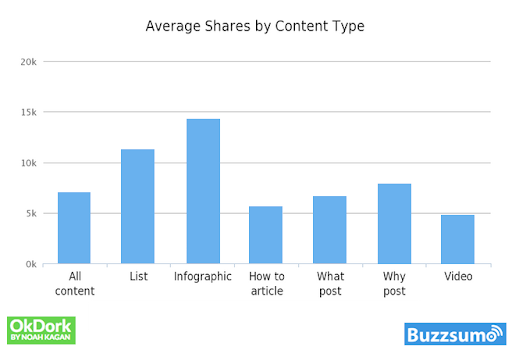
3 Take a cross-channel approach:
Content that ends up successful shall engage customers across multiple channels. After all, why should a valuable piece of content be limited to prospects on a single platform? Instead, share it on all the leading forums, including Facebook, Twitter, Pinterest, Instagram, YouTube, or anywhere your customers hang out. This will maximize your exposure and improve your brand visibility on the web.
4. Keep customers in the loop:
A primary part of great customer service is that you constantly keep them in the loop. Whether you are promoting a new product or making a major announcement, it is imperative that you reach out to your customers and keep them informed about the events.
Luckily, there are many tools that help you in managing and updating your social media channels. You can use them to automatically schedule your posts across multiple social accounts and keep a 24/7 social presence across the web.
5. Create a social media advertising plan:
You don't always have to sit in front of the screen, sharing blogs, sending emails and messages to customers to maximize your reach. If you have the budget, let the platforms work for you. Before you invest in an advertising strategy, understand where the majority of your customers hang out.
In most cases, you may begin with Facebook ads, since more than 40 percent of the referral traffic comes from the site. However, platforms like LinkedIn and YouTube are also worth considering.
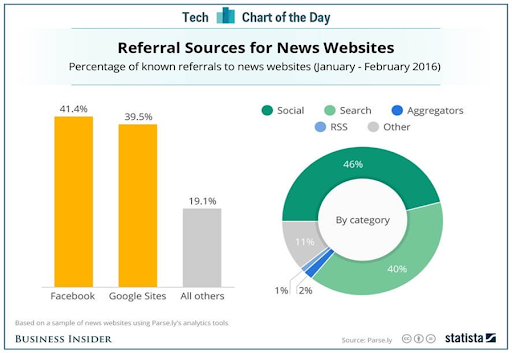
Respond to customers' feedback:
Few things can be as crucial to your business as customer review and feedback. Prospects give huge importance to online customer reviews before purchasing a product or service. In fact, stats on online reviews posted on broadly, state that 84 percent of consumers trust online reviews as much as personal recommendations from people they know.

Hence, you need to listen to your customers and ensure that you procure positive reviews. If a customer leaves a negative review or raises a concern, try to address their issue as soon as possible. Take the conversation to a private channel because even a single bad review can devastate your business.
Do everything that is in your power to resolve negative customer experiences before they vent their feelings on social media or review forums.
Wrapping up:
Customer engagement is going to be the primary driver of growth in the highly interactive economy. It can be quite a challenge to engage your customers in a busy world. But challenging does not mean impossible. Follow these practices to know your customers and leverage social media to mobilize customer engagement.
This guest article was written by Mary Warner a blogger who loves to share her views related to latest trends in marketing, technology, ecommerce, and the like.



